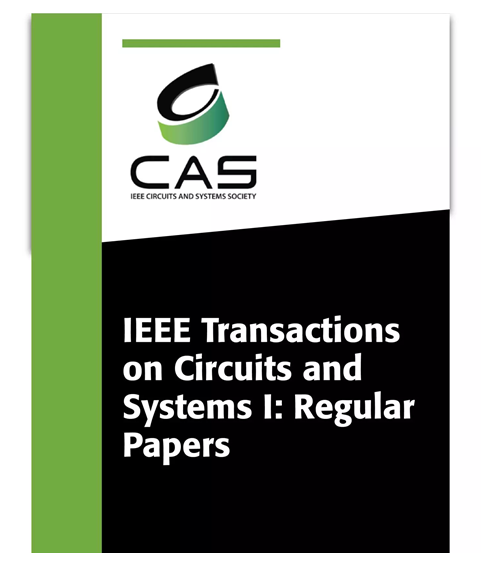用于系统设计机电式 Sigma-Delta 调制器的无近似约束架构
IF 5.2
1区 工程技术
Q1 ENGINEERING, ELECTRICAL & ELECTRONIC
IEEE Transactions on Circuits and Systems I: Regular Papers
Pub Date : 2024-08-19
DOI:10.1109/TCSI.2024.3443195
引用次数: 0
摘要
机电σ - δ调制器(EMSDM)是惯性传感器实现高性能的良好选择。然而,由于在许多EMSDM体系结构中缺乏实现任意噪声传递函数(NTF)的自由度,因此很少有系统的方法来设计它。先前的工作提出了一种无约束的体系结构来系统地设计EMSDM,可以任意放置NTF极点,但NTF零点仍然受到约束。然而,NTF零的位置对EMSDM噪声整形性能有显著影响。本文提出了一种接近自由的约束体系结构来解决这个问题。在此基础上,以电容式MEMS加速度计为例,给出了EMSDM的简化系统设计方法。仿真和实验结果表明,与先前提出的无约束结构EMSDM加速度计相比,新结构EMSDM加速度计具有更好的噪声性能。此外,还讨论了这种新结构的优缺点。本文章由计算机程序翻译,如有差异,请以英文原文为准。
A Nearing-Free Constrained Architecture for Systematic Design of Electromechanical Sigma-Delta Modulator
An electromechanical sigma-delta modulator (EMSDM) is a good choice for inertial sensors to achieve high performance. However, there are few systematic methodologies to design it, due to a lack of degrees-of-freedom for implementing an arbitrary noise transfer function (NTF) in many EMSDM architectures. Previous work presented an unconstrained architecture to systematically design the EMSDM, enabling arbitrary placement of NTF poles, but NTF zeros were still constrained. Yet, the placement of the NTF zeros significantly impacts on the EMSDM noise-shaping performance. This paper proposes a nearing-free constrained architecture to address this issue. Based on this architecture, a simplified systematic design methodology for the EMSDM is demonstrated by using a capacitive MEMS accelerometer as an example. Simulation and experimental results validate that the novel architecture EMSDM accelerometer exhibits superior noise performance compared to the previously proposed unconstrained architecture EMSDM accelerometer. Furthermore, the advantages and disadvantages of the novel architecture are discussed.
求助全文
通过发布文献求助,成功后即可免费获取论文全文。
去求助
来源期刊
CiteScore
9.80
自引率
11.80%
发文量
441
审稿时长
2 months
期刊介绍:
TCAS I publishes regular papers in the field specified by the theory, analysis, design, and practical implementations of circuits, and the application of circuit techniques to systems and to signal processing. Included is the whole spectrum from basic scientific theory to industrial applications. The field of interest covered includes: - Circuits: Analog, Digital and Mixed Signal Circuits and Systems - Nonlinear Circuits and Systems, Integrated Sensors, MEMS and Systems on Chip, Nanoscale Circuits and Systems, Optoelectronic - Circuits and Systems, Power Electronics and Systems - Software for Analog-and-Logic Circuits and Systems - Control aspects of Circuits and Systems.

 求助内容:
求助内容: 应助结果提醒方式:
应助结果提醒方式:


